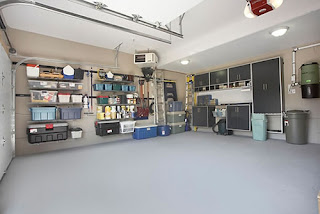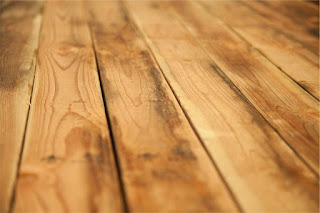Some garage
floors are made of concrete, which is why their original color is depressing
and drab. Many people ignore garage floor
paint; even though appropriate painting of these floors can keep them safe from
cracking, with projections of long-lasting acid or oil stain tolerance. A garage
is a busy place used as a gaming zone or Jam room, thus the need of making it
look welcoming. What are some of the things you need to know before starting a
garage floor paint job?
1: Types of Paint
First, decide on the characteristics
you would like your garage floor to have after painting. There are three unique
paint options to pick.
The most famous garage floor
paint is epoxy as it offers durability and complete protection against oil
stains, grease, and cracks. It is a kind
of paint specifically designed for garage floors
and is not DIY-friendly. Under epoxy,
there are more variations to consider, including solvent based, water based and
solid types. Latex, however, is a smart option if you have less experience in
this department. Unlike epoxy, one may not power wash or etch the area and simply rinse the dirt before commencing. Additionally, if you would wish to undo the
paint, you can easily wipe it off with
water.
Oil based paint is not hard to
apply like epoxy, but it is tedious to remove. Therefore, there needs to be some experience before experimenting
with oil-based paints.
A completely new
way
of staining the garage floor is by utilizing concrete stains. Concrete stains include water, acid and mineral
salts. The salts are color pigments that offer color shades to the flooring by
settling on the concrete’s pores. Even though concrete
stains offer sufficient protection to the garage floor, you may not be satisfied
with the color variations they offer, as they are semi-transparent. They do not
hide the color changes or the gray areas in the concrete to any given extent.
Moreover, due to the acidic ingredients, heavy-duty washing of the surface is mandatory
before applying the stain. If you are DIY and only want the garage floor to
look good-looking, go with latex.
2: Pre-painting Considerations
Checking the garage floor moisture
level is mandatory. You can do this by sticking or taping a plastic bag to the
surface for twenty-four hours, and check
for any trapped moisture beneath the bag. For positive results, rule out the possibility
of using epoxy. Equally, if you have used a concrete sealer previously, you
cannot use epoxy as water beads tend to appear. Remove any form of dirt and dust
in the garage before proceeding with any paint. You also have to degrease and
etch the floor with muriatic acid before epoxy application.
3: Deciding the New Look
Painting garage floor changes
the personality of the whole garage. Therefore, consider the outcome you are aiming for. If you are just painting the floor
to make the garage appear less drab, go for shades of white, brown or gray. However, others enjoy giving the floor
more attention with shouting shades like shiny black and glossy maroon.






